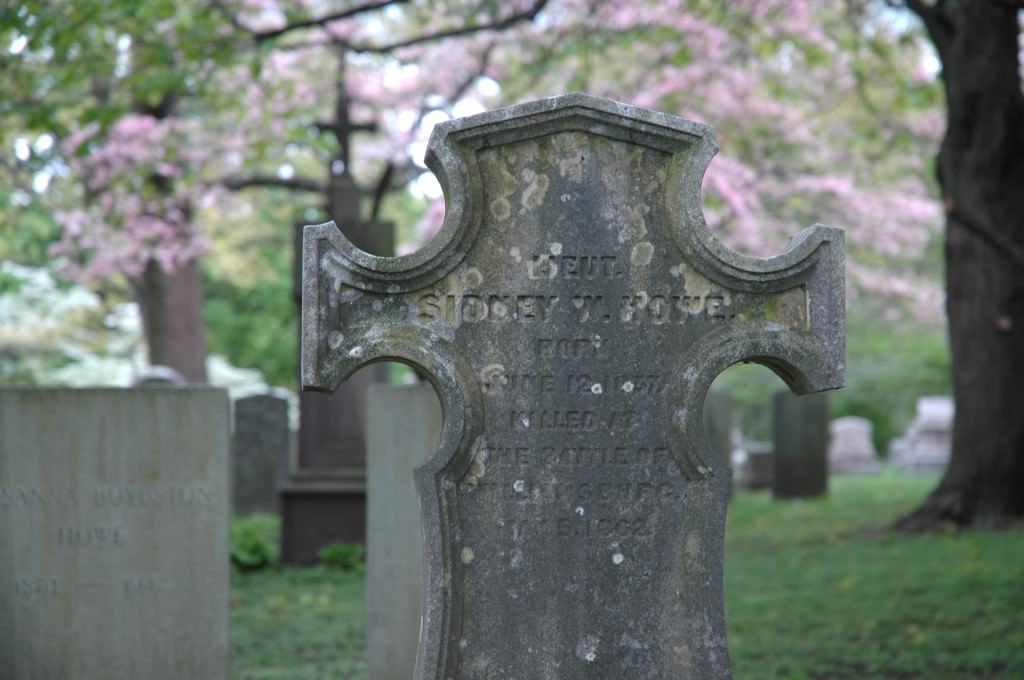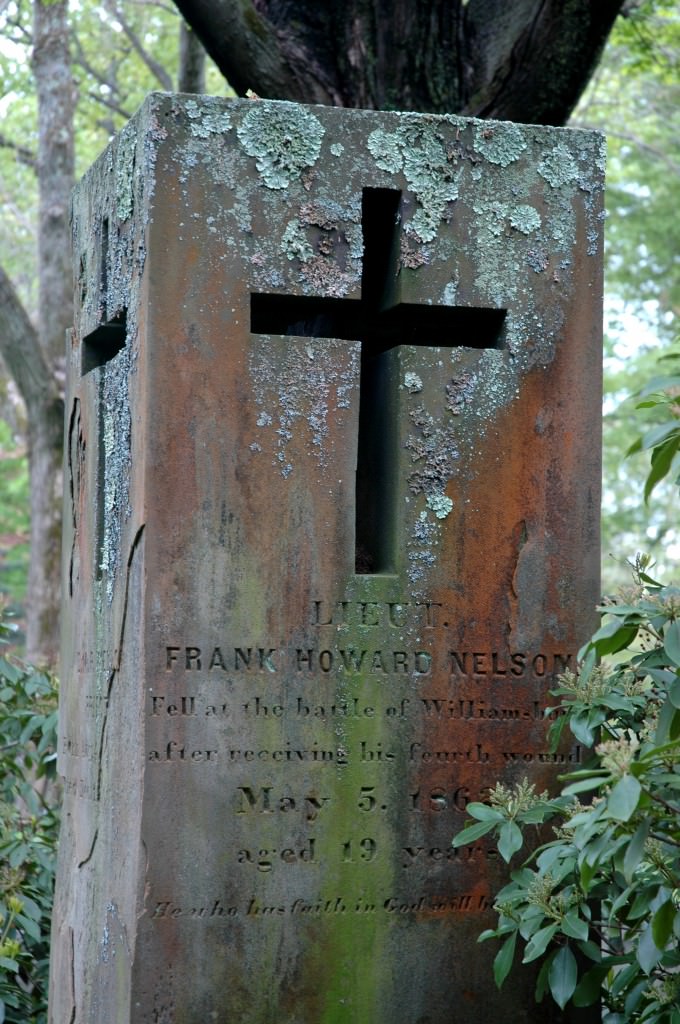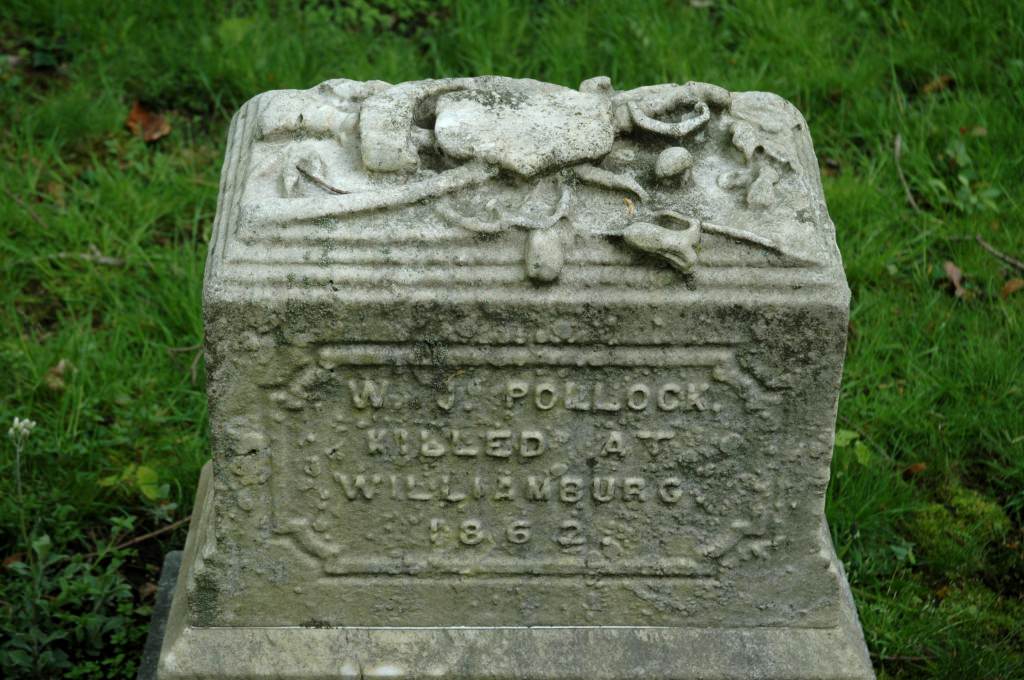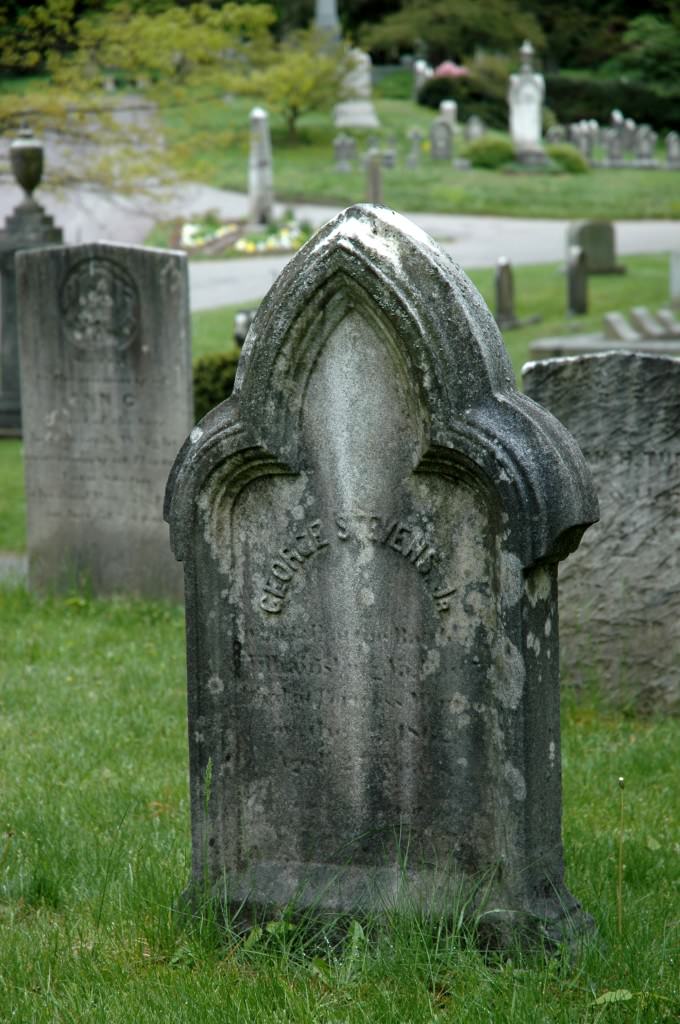Sesquicentennial: The Battle of Williamsburg
This is the first post in a series dedicated to commemorating those who fought in the Civil War.
In a letter home following the Battle of Williamsburg, a soldier wrote of the dead: “…they paved the earth” (Faust 58). Among the bloodiest of the battles in Union General George McClellan’s Peninsula Campaign, the Battle of Williamsburg left nearly 4,000 casualties in its wake.
McClellan strategized the Peninsula Campaign as an amphibious attack on the Confederate capital at Richmond, VA. As his army marched toward the Confederate forces in Yorktown on May 3, 1862, McClellan was surprised to find that Confederate General Joseph E. Johnston had withdrawn his troops. Immediately forced to craft a new plan, he hastily ordered his troops to halt the Confederate retreat.
On May 5, 1862, Union and Confederate troops clashed outside Fort Magruder on the Williamsburg Line. The battle lasted a full day and resulted in the loss of many lives on both sides of the conflict.
While McClellan declared the battle a victory to some members of the press, and an accident to others, it was objectively a tactical failure and allowed for a major Confederate retreat. Union losses almost doubled those of the Confederate army. According to Drew Gilpin Faust’s This Republic of Suffering, the aftermath of the Peninsula Campaign “compelled Richmond’s Hollywood Cemetery to acquire additional acreage in order to provide for the soldiers dying in nearby battles as well as in the city’s numerous military hospitals” (Faust 82).
At Mount Auburn there are memorials to four Union soldiers who either perished in the Battle of Williamsburg or died soon after from injuries sustained during combat. Three of the monuments are cenotaphs, meaning their remains are buried elsewhere. Only a small percentage of soldiers were transported back to the North for burial as embalming techniques were still very new and the fee for embalming and transportation of remains was costly.
Sidney W. Howe (Lot 672 Elm Avenue) was a Lieutenant in the 70th N.Y. Infantry and died on May 5, 1862. His monument is a cenotaph.
Frank H. Nelson (Lot 1903 Eglantine Path) was 2nd Lieutenant in Company F in the 70th N.Y. Infantry and died on May 5, 1862. His monument is a cenotaph and is shared with other soldiers.
William Pollock (Lot 4657 Swan Avenue) was a Private in Company B in the 74th N.Y. Infantry and died on May 5, 1862.
George Stevens, Jr. (Lot 156 St. John Lot) was a Private in Company F, 1st Regiment of the Massachusetts Volunteer Infantry.
References:
Coyne, John N. The Battle of Williamsburg, VA, May 5, 1862. New York: Press of T.A. Wright, 1896.
Faust, Drew Gilpin. This Republic of Suffering: Death and the American Civil War. New York: Alfred A. Knopf, 2008.
The Union Army: a history of military affairs in the loyal states, 1861-65 – records of the regiments in the Union army – cyclopedia of battles – memoirs of commanders and soldiers. Madison, WI: Federal Pub. Co., 1908.





Leave a Reply